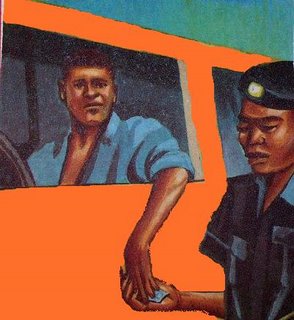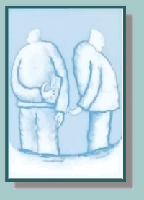INTERESTING FACTS FROM U.S. STATE DEPARTMENT ON ARUBA
Corruption
During 2005, the NA identified links from prominent traffickers in the region to law enforcement officials, which prompted additional investigations. The NA has been quick to address these issues through criminal investigations, internal investigations, new hiring practices, and continued monitoring of law enforcement officials that hold sensitive positions.
The judiciary system has close ties with the Dutch legal system including extensive seconding of Dutch prosecutors and judges to fill positions for which there are no qualified candidates among the small Antillean and Aruban populations.
Drugs entering the
While
The most visible evidence of a drug abuse problem may be the homeless addicts, called "chollars" who number about 300 and whose photographs routinely appear in publications to increase public awareness to drug abuse and to stem an increase in crime. Drug abuse in










No comments:
Post a Comment